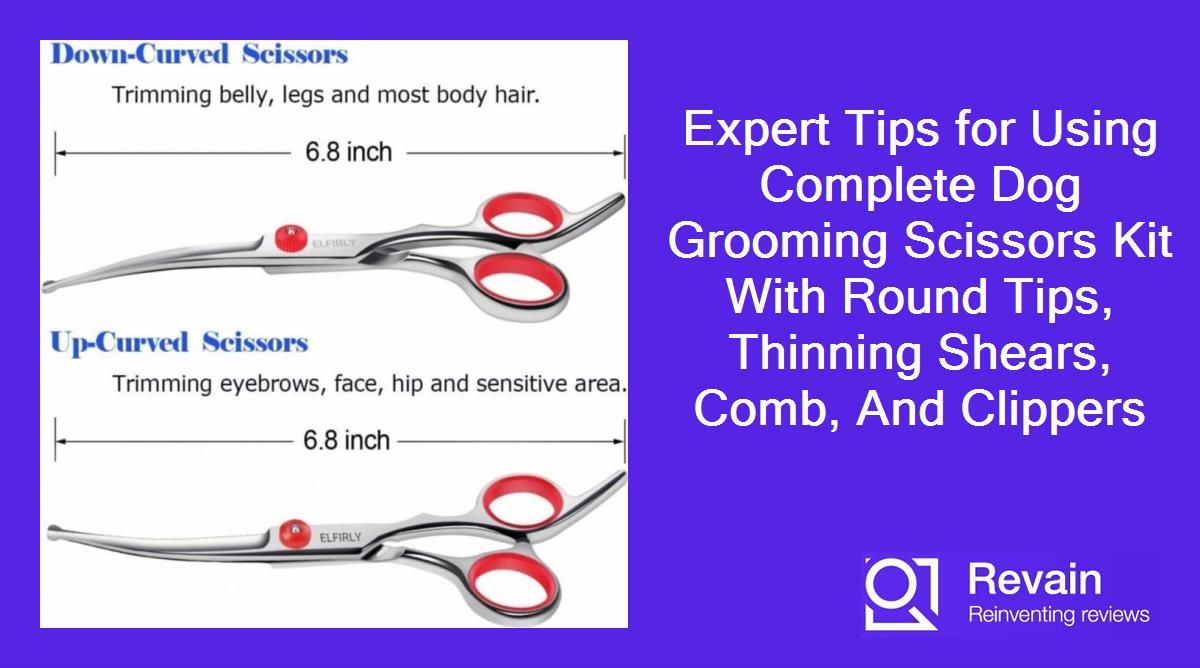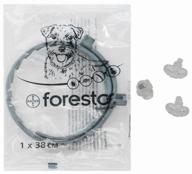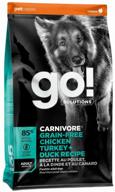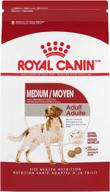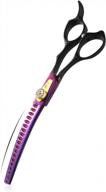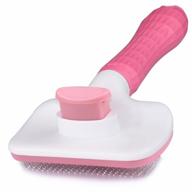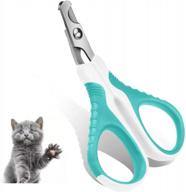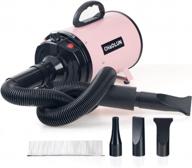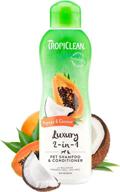How to trim your dog's hair at home?
Trimming your dog's hair at home can save you time and money on professional grooming. Here are some tips for safe, stress-free DIY dog haircuts:
Choose the right tools
- High-quality clippers with guards for different coat lengths
- Thinning shears for blending and texturizing
- Slicker brush for detangling
- Non-slip grooming table or mat
Prepare your dog
- Brush thoroughly to remove mats and tangles
- Trim hair around eyes, ears, paws and sanitary areas first
- Reward and reassure your dog frequently
Clip your dog's body
- Use longer guards first, then switch to shorter settings
- Work against the grain of hair growth
- Lift hair and clip underneath to get an even cut
Finish the look
- Use thinning shears to blend and shape
- Clip hard-to-reach spots by hand
- Brush thoroughly to remove loose hair
Be patient, work in short sessions and reward your dog during the process. With practice, you can master DIY dog haircuts!
How to groom your dog's coat between professional groomings?
Regular grooming keeps your dog looking and feeling their best. Here are some tips for maintaining your dog's coat between professional grooming sessions:
Similar products
Brush thoroughly
- Use a slicker brush for short-haired dogs
- Choose a bristle brush for long coats
- Brush against hair growth direction
- Pay extra attention to problem areas like armpits, behind ears and legs
Bathe when needed
- Bathe every 2-3 months for short-haired dogs
- Bathe every 4-6 weeks for long-haired dogs
- Use a moisturizing dog shampoo and conditioner
- Rinse thoroughly to avoid skin irritation
Trim hair
- Trim hair on paws, ears, belly and sanitary areas
- Use rounded tip scissors for safety
- Work slowly and give treats during trimming
Maintain skin and coat health
- Brush teeth, clean ears and trim nails weekly
- Check for parasites, hot spots, rashes or infections
- Supplement diet with omega fatty acids
Sticking to a regular at-home grooming routine will keep your dog looking their best in between professional styling.
How to choose the right grooming tools for your dog's coat type?
Choosing grooming tools suited to your dog's coat can make regular upkeep easier and more effective. Consider these tips:
Another interesting products
For short, smooth coats:
- Slicker brush - removes dead hair without scratching skin
- Rubber grooming gloves - massage skin and hair follicles
- Clippers - cut hair evenly with proper blade guards
For medium or long coats:
- Pin brush - detangles long hair without pulling
- Rake - removes dead undercoat from thick double coats
- Steel comb - smooths top layer and lifts mats from undercoat
Top products in 💇♂️ Grooming
For curly or corded coats:
- Wide-tooth comb - gently detangles curls
- De-matting tool - safely removes tangles and mats
- Conditioning spray - softens and lubricates curls
For sensitive skin:
- Boar bristle brush - gently stimulates skin and distributes oils
- Soft-tipped massage brush - soothes sensitive areas
- Oatmeal shampoo - cleans while moisturizing skin
Consult a groomer if you're unsure what tools are best. Investing in quality tools suited to your dog's coat will make grooming faster and more effective.
How to make grooming less stressful for your anxious dog?
Grooming can be stressful for dogs that are shy, fearful or anxious. Here are some tips to make grooming easier:
Create positive associations
- Reward with treats for calm, relaxed behavior
- Start young to get puppies used to handling
- Brush and handle paws, ears etc. daily
Prepare your dog
- Schedule grooming after walks or playtime
- Use calming supplements or pheromones
- Brush thoroughly before baths to avoid mats
Use the right tools and techniques
- Choose soft bristle brushes and silicone grooming gloves
- Handle your dog gently but firmly
- Go slowly and pause for breaks
Create a calm environment
- Play soothing music and use diffusers
- Avoid loud noises or other pets
- Groom in a quiet, familiar room
With positive, stress-free experiences, you can help anxious dogs become more comfortable with grooming over time.
How to clean and maintain your dog grooming tools?
Proper care keeps grooming tools working effectively for longer. Follow these tips:
Daily cleaning
- Remove hair, dirt and debris after each use
- Wipe down with disinfecting spray or wipes
- Rinse combs and brushes in warm water
- Air dry thoroughly before storing
Weekly deep cleaning
- Disassemble clippers and detach blades
- Clean clipper housing and blades with brush and clipper oil
- Soak combs and brushes in a pet-safe cleaning solution
- Rinse and dry thoroughly
Monthly maintenance
- Sharpen clipper blades as needed
- Replace worn brush heads
- Lubricate hinges on scissors
- Check for rust, cracks or other damage
Storage
- Store in a dry place away from moisture and chemicals
- Use blade guards and protective pouches
- Hang brushes with the bristles facing down
Well-maintained tools will save time and frustration during grooming. Invest in quality tools and keep them clean.






